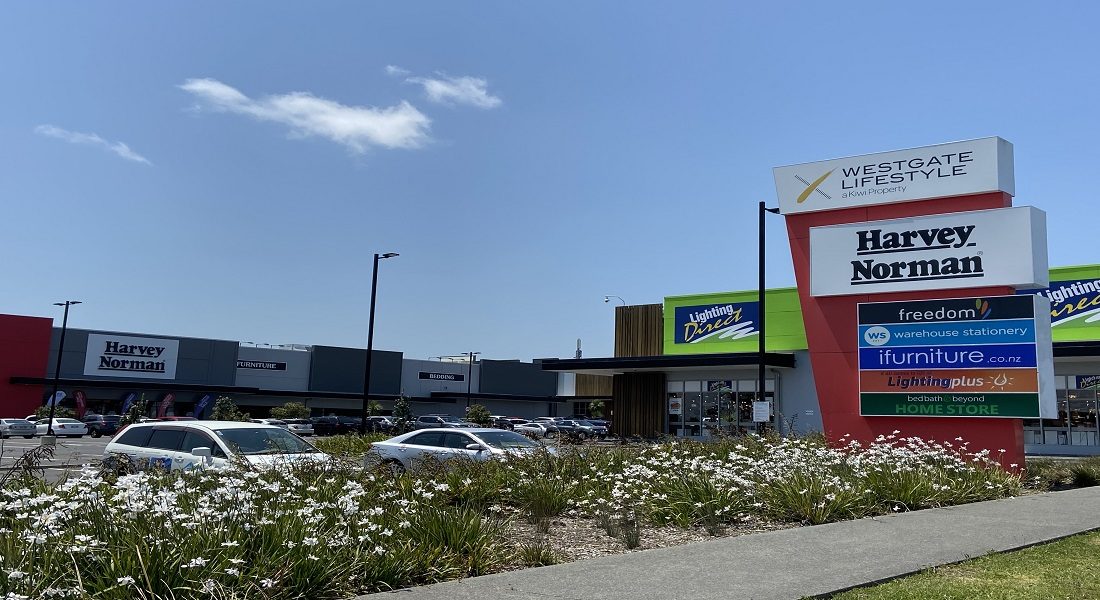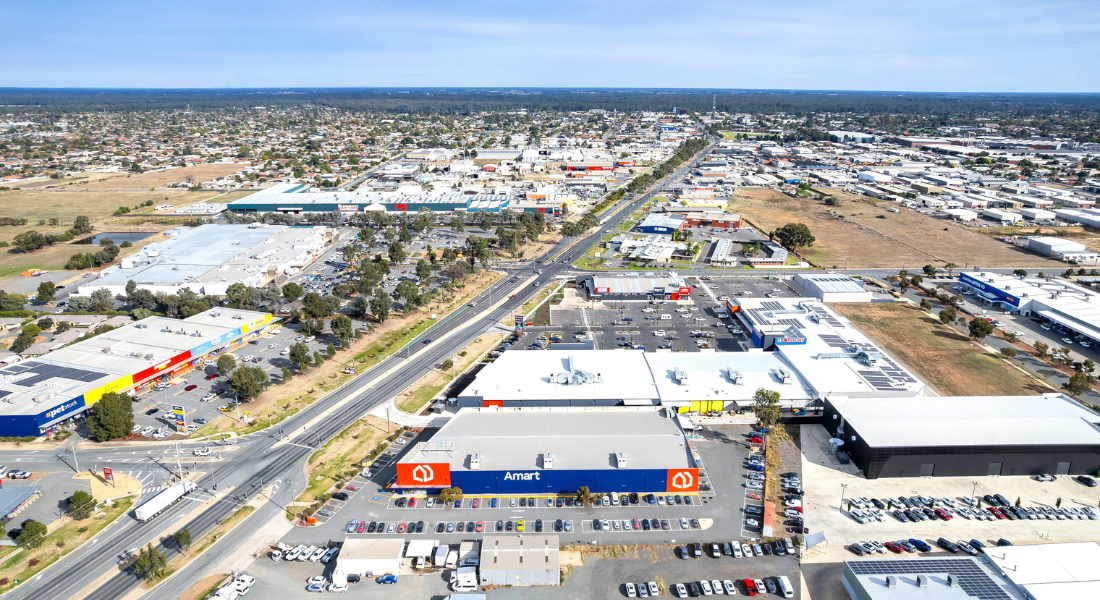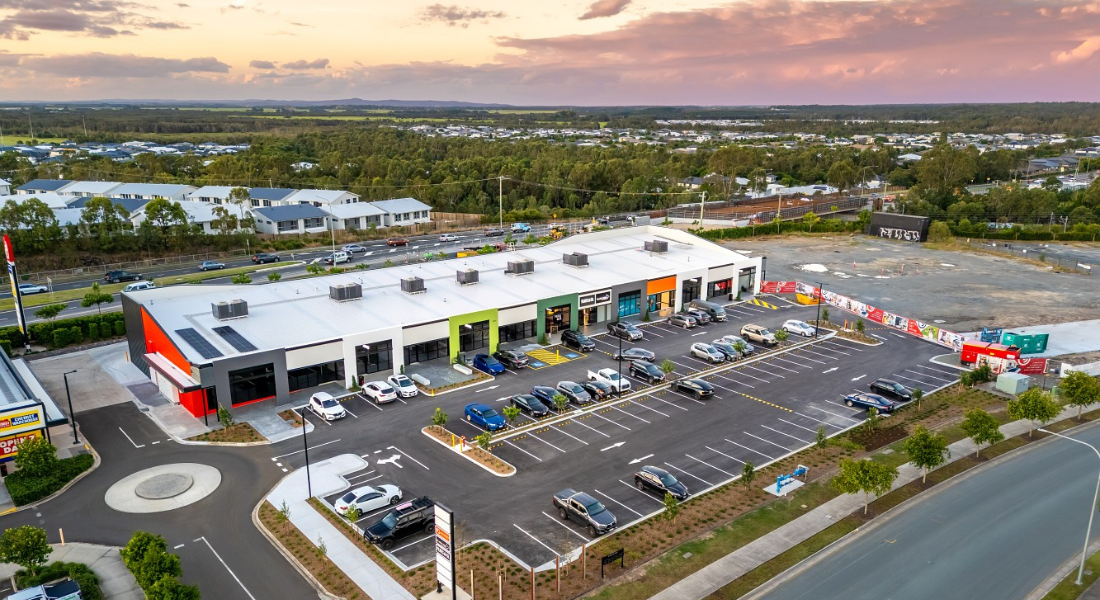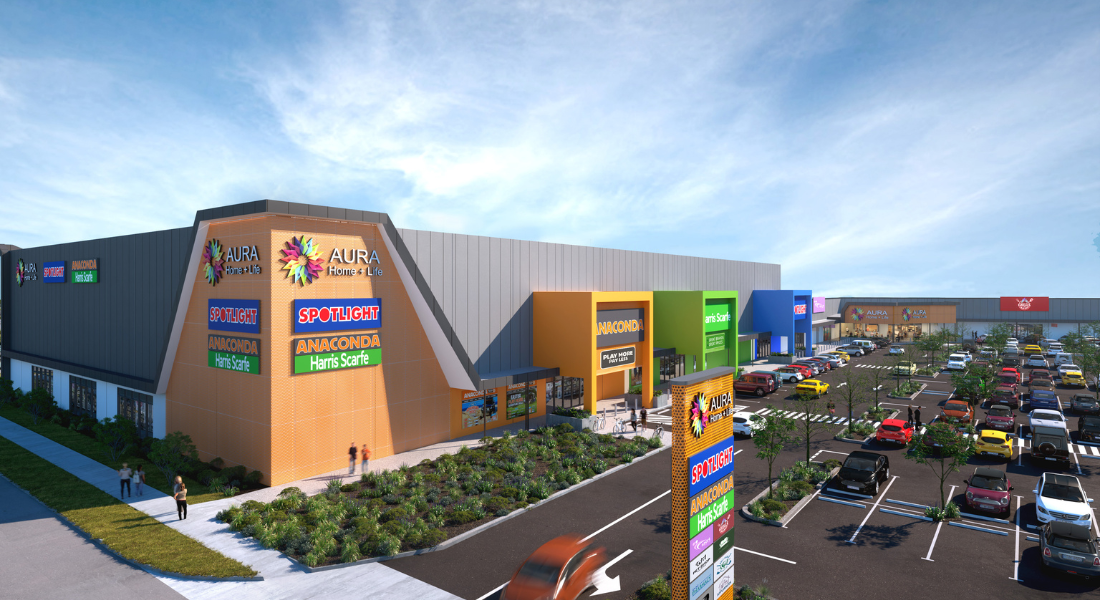What Makes New Zealand Large Format Retail Different

Despite many similarities between our nations, New Zealand has cut a different path to Australia when it comes to Large Format Retail. There is no set template, what Large Format Retailers do in Australia cannot be applied in New Zealand.
Key Data
Colliers International New Zealand and Deep End Services provide key data on the different context each market operates within.
| Key Industry Metrics | New Zealand | Australia |
| Total LFR sales | $17.3 billion | $81.8 billion |
| Total retail sales | $56.6 billion | $325 billion |
| LFR % of total retail sales | 31% | 25% |
| LFR floor space | 4.9 million m2 | 20.2 million m2 |
| Number of direct employees in Large Format Retail | 40,500 | 197,000 |
| Number of indirect employees in Large Format Retail | 50,000 | 244,000 |
| Total number of employees both directly and indirectly in Large Format Retail | 90,500 | 441,000 |
| Expected minimum wage rate in April 2020 | $18.90 | $19.49 |
| Minimum wage increase 2014-19 | 32.6% | 15.5% |
| E-commerce sales % of total sales | 9% | 9% |
Table 1: Comparing Australian and New Zealand Large Format Retail metrics
The Australian retail economy is almost six times larger than the New Zealand retail economy, despite our population being only five times as large (over 25 million in Australia and almost 5 million in New Zealand).
With almost one-third of all retail sales coming out of New Zealand’s Large Format Retail sector they outshine Australia’s share of just 25%.
However, in recent years Kiwi retailers have been challenged by an almost one-third increase to the minimum wage since 2014.
| Large Format Retail Location | Net Prime Rents
($/m2) Low |
Net Prime Rents
($/m2) High |
Prime Market Yields
(%) Low |
Prime Market Yields
(%) High |
| New Zealand | ||||
| Auckland | 185 | 475 | 5.00 | 8.00 |
| Wellington | 180 | 300 | 6.50 | 9.00 |
| Christchurch | 180 | 350 | 6.00 | 8.00 |
| Australia | ||||
| Sydney | 225 | 750 | 6.25 | 7.50 |
| Melbourne | 195 | 360 | 6.50 | 7.50 |
| Brisbane | 282 | 380 | 7.00 | 8.00 |
| Adelaide | 175 | 300 | 7.25 | 8.25 |
Table 2: Comparing Australian and New Zealand Large Format Retail rents and market yields
Australia and New Zealand’s biggest cities command the highest net prime rents whilst market yields are slightly lower in New Zealand.
| City | 2018 Population Estimate | 2043 Population Estimate | Growth % |
| Auckland | 1,699,900 | 2,326,200 | 36.8 |
| Bay of Plenty | 303,500 | 353,100 | 16.3 |
| Waikoto | 467,200 | 562,100 | 20.3 |
| Wellington | 515,200 | 571,300 | 10.9 |
| Otago | 225,800 | 256,100 | 13.4 |
| Canterbury | 623,200 | 767,300 | 23.1 |
Table 3: New Zealand population
There are opportunities for Large Format Retailers to increase their footprint and presence in New Zealand with the population of Auckland and Waikato in the North Island projected to increase by 36.8% and 20.3% respectively.
This growth is a combination of births, domestic migration towards bigger cities, and immigration. The New Zealand Government has invested heavily in supporting this projected growth with a $300 million loan to Auckland Council, funding the construction of thousands of homes, five road and five water projects designated by the council as “…priority, fast track-initiatives…”.
Online Offering
Click and collect is a new concept to New Zealanders, with many brands only recently introducing online shopping to their customers.
However, as Table 1 demonstrates e-commerce sales are approximately 9% of total sales in both the Australian and New Zealand market.
It is a complementary and supplementary channel, with its purpose to inform customers about products, whilst still provide the same service, in a convenient and accessible location.
Location and Travel Time
Many LFRA members commented on the proximity of Large Format Retail centres, each successful without infringing on another site’s catchment. Travel between each Large Format Retail destination in Auckland was minimal compared to the Brisbane LFRA Study Tour in May 2019.
There is also unprecedented growth in emerging Large Format Retail developments across New Zealand, making the retail offer more accessible and attractive.
This is likely a response to population growth in combination with more flexible planning laws in New Zealand.
This is a drastic contrast to New South Wales where Large Format Retail can only operate within one zone – B5 Business Development Zone. And only 51% of Councils across the state have B5 Zones in their Local Government Area.
The lack of suitable premises available for Large Format Retail in New South Wales due to present restrictions and regulation is a major issue hindering sector growth, a different world to the abundance of homemaker centres in Auckland.
Tenant Mix and Retail Offering
A successful tenant mix within Large Format Retail sites helps drive foot traffic into stores. It is about offering a convenient shopping experience, where everything customers need is in the one location.
The tenant mix in New Zealand Large Format Retail centres is more eclectic. It is not uncommon for a fashion store to be next to a supermarket which is next to an automotive goods store next to a fitness gym. This is because local zoning laws do not hinder or limit the type of businesses a brand can mix within a precinct.
There is also a limited variety of brands across each Large Format Retail precinct, with New Zealanders being big supporters of domestic retail groups such as The Warehouse Group and Briscoe Group.
Large Format Retail brands RSEA Safety, Nick Scali, Chemist Warehouse were only recently introduced to the New Zealand market within the past 12 months, despite operating in Australia for decades.
Despite the eclectic mix and limited variety of brands being bizarre to Australian Large Format Retail consumers, it works. When the LFRA Auckland Study Tour came to town on a Tuesday most car parks were filled and the centres had an estimated < 5% vacancy rate across New Zealand.
This demonstrates that despite the similarities between the two countries, Australia and New Zealand are different markets, different economies and customers shop differently.




